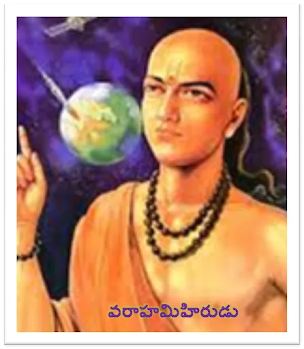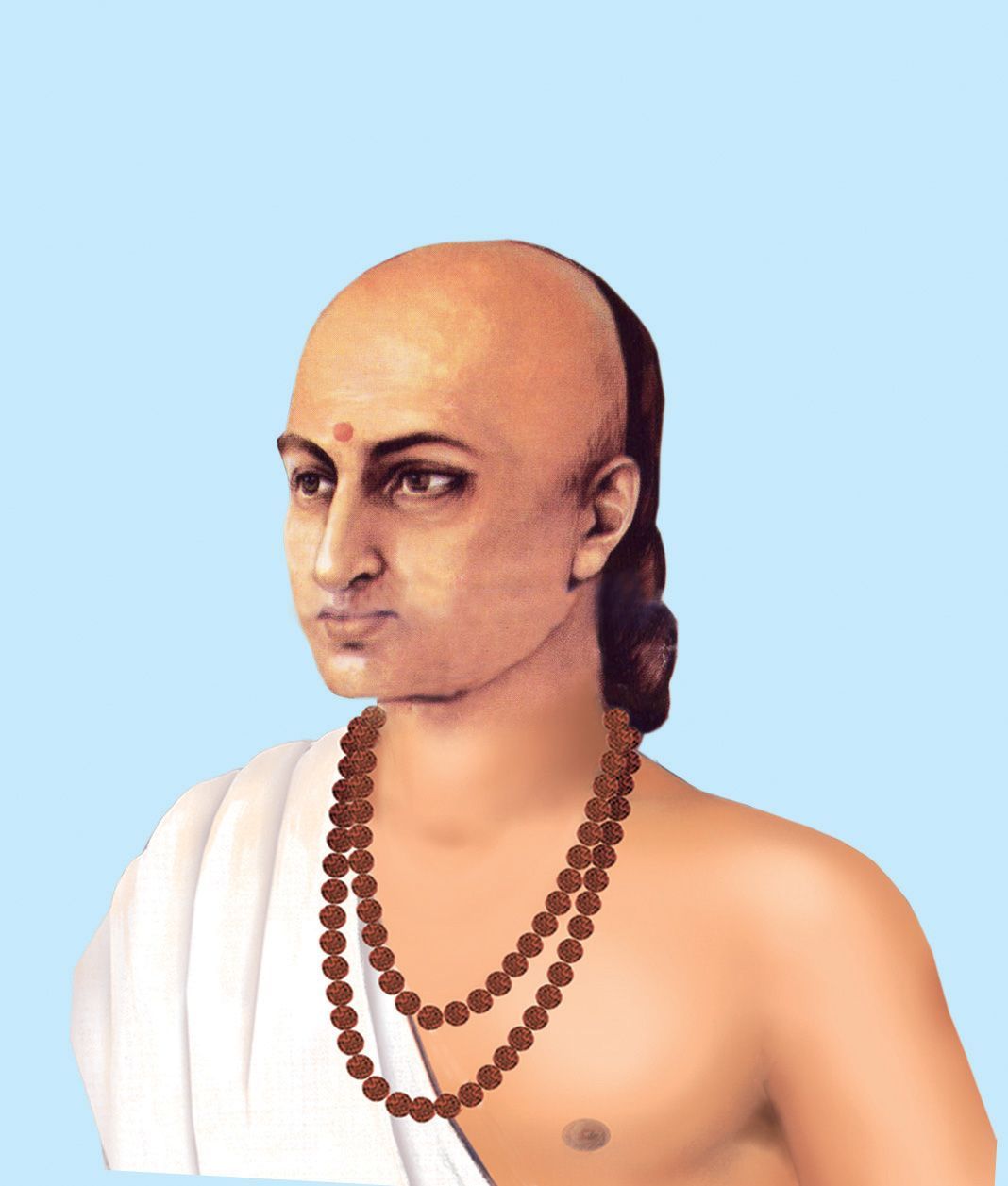Sent the quantity of the universe "0" (zero) by his pundit Bhaskara I (629 AD) in Ashmak and later lived in Kusumapura, which his analyst Bhaskara I relates to Patilputra (present day Patna ).
The Chinese had a preferred pi esteem over Aryabhata, similarly as al-Kashi had a more exact pi esteem than Nilkantha, however these qualities couldn't generally be utilized for math and neither the Chinese nor the porridge had similarly precise sine esteems.
Indian stargazers later worked on the estimations, yet the pith of these was acquired by the strategies for Aryabhatas. Aryabhatt defined an interaction for working out planetary movement and shroud times.
He was one of the soonest Indian mathematicians and stargazers in the old style time. He was called Aryabhata I or Aryabhata the Elder to recognize him from the tenth century Indian mathematicians of a similar name. His faultfinder Bascar I (629 AD) recognized him as Patilputra (
Brahmagupta, Indian science and space expert Brahmagupta, additionally Aryabhata I or Aryabhata the Elder (conceived 476, potentially Ashmak or Kusumapura, India) is a stargazer and the primary Indian cosmologist whose work and history are accessible for current researchers.
The interpretation of Aryabhata's book, Aryabhatia, to Arabic toward the finish of the eighth century impacted the advancement of math in the Islamic world. The Arya Siddhanta, a lost work on galactic computations, is most popular for the compositions of Aryabhata's contemporary, Varahamihira and later mathematicians and observers.
This composition is additionally called Arya-satas-ashta, which interprets as Aryabhatas 108. Aryabhatia is now and then alluded to as Arya-satas-ashta (in a real sense Aryabhatas 108) in light of the fact that 108 stanzas are in the text, one of which makes reference to that Aryabhata was the top of an organization (kulapa) in Kusumapura.
Concerning texts composed by Aryabhata, just one has endure and have been demonstrated in light of current circumstances that it was utilized by Aryabhata and that few later Indians utilized it.
The Dutch mathematician, stargazer and pilot Simon Stevin presented the decimal number framework in Europe c. 1580 and gives a sine esteem table like Aryabhata and amends the past table given by Nunes. The Sanskrit expression for estimate is asanna, a term additionally utilized in the sulba sutra, which suggests that the worth isn't just a guess yet vast.
Aryabhata names the initial 10 decimal digits in Ganita and gives calculations to getting square and shape roots utilizing the decimal numbers framework Van der Waerden proposes that three refrains were included the excess areas, which he asserts were additionally added by an individual from the Aryabhat School in Kusumapur. The numerical piece of Aryabhatia covers number juggling, variable based math, plane geometry and circular trigon
The subtleties of individuals' lives are recorded in name and the date of birth, yet first we should list the chief mathematicians of the period viable : any remaining notable creators allude to Aryabhata I and examine his speculations, discrediting or amending them.
Aryabhatta was brought into the world in Kusumpur (Bihar) in 476 AD and was additionally keen on tracking down the number arrangements of Diophantine conditions in the structure hatchet + by = c, he considered it the Kuttaka technique (which means split into parts ) he presented the idea of the bosom in his work called Ardha-jya, which interprets as semi-harmony.
The origination of Aryabhata is obscure however it might have been the spot called Ashmaka in old texts that might have been Maharashtra or Dhaka or Kusumapura in present day Patna. His supporter named Bhaskara names him Ashmakatanra, which implies a composition on Ashmak.
The principal Indian satellite is named after him Aryabhata like the lunar hole. The primary Indian moon Aryabhata and the lunar hole Aryabhata are additionally named after him ; the moon Aryabhata is likewise portrayed on the opposite of the Indian 2 rupee banknote. Alongside geometrical tables they started to be generally utilized in the Islamic world and were utilized to work out numerous Arabic galactic tables (ziji ).
Aryabhata dealt with a positional worth framework utilizing letters to address numbers and characteristics and understood that the distinction in second-request sines is corresponding to the sine.
Aryabhata names the initial 10 decimal digits in Ganita and gives calculations to acquiring square and 3D shape roots utilizing the decimal framework Simon Stevin presented the decimal framework in Europe, c. 1580, and gives a sine esteem table, remedying the past table of Nunes, which implies that it isn't just an estimate,
Aryabhata's fundamental work Aryabhatia, an assortment of arithmetic and cosmology, is generally refered to in Indian numerical writing and gets by right up 'til the present time. The interpretation of Aryabhatia into Arabic toward the finish of the eighth century affected the advancement of Indian science.
Aryabhata (once in a while inaccurately spelled Aryabhatta) was one of the soonest Indian mathematicians and cosmologists in the old style period. It is otherwise called Aryabhata I or Aryabhata the Elder to recognize it from the tenth century Indian mathematician of a similar name. Its annotator Bhaskara I (629 AD) recognized Patiputra (present day India) in antiquated occasions.
The Chinese had a preferable pi esteem over Aryabhata, as al-Kashi had a more exact pi esteem than Nilkantha, however neither the Chinese nor the porridge had similarly precise sine esteems. Regardless the worth of Aryabhatas is higher than the one of Ptolemy (3.141666) who lived in Alexandria in Egypt. It might have been the spot known as Ashmahlavi in antiquated texts.
Aryabhata I or Aryabhata the Elder (brought into the world in 476 in Ashmak or Kusumapura, India) is a space expert and the main Indian mathematician whose work and history are considered significant
Brahmagupta, Indian mathematician Brahmagupta is an extraordinary Indian mathematician and cosmologist. He has composed numerous significant deals with science and stargazing. Arya Siddhanta is known for crafted by Aryabhata's contemporary Varahamihira and later mathematicians and pundits (counting Brahmagupta and Bhaskar I).
In this composition is additionally called Arya-satas-ashta which interprets as Aryabhatas 108. Aryabhatia is regularly called Arya-satas-ashta (in a real sense Aryabhatas 108) in light of the fact that there are 108 refrains included the text. Van der Waerden proposes that three refrains were included the leftover segments, which he guarantees were likewise added by an individual from the Arya
Since Vateswara (c. 880-960 AD) utilizes this assignment, clearly even in the ninth century he was exceptionally well known with cosmologists and set up a good foundation for himself - the subtleties of individuals' lives are recorded in the name and the date of birth - yet first how about we list any remaining renowned creators allude to Aryabhata I and rundown his speculations, discrediting or revising them.
It has been demonstrated that Aryabhata himself utilized it, and later a few Indian mathematicians and even Arabs likewise took on it. Pataliputra is the focal point of a correspondence network that permits gaining from different regions of the planet, and furthermore permits Aryabhata and his partners' advances in science and stargazing to arrive at all of India, lastly to the Islamic world.
Like other antiquated Indian mathematicians, he was likewise keen on tracking down number arrangements of Diophantine conditions in the structure hatchet + by = c, he considered it the Kuttaka technique (which means split into parts ) presented the idea of the bosom in his work called Ardha-jy, which implies half of the shell, and he understood that the distinction in second request sines is corresponding to the sine.
Alongside geometrical tables they started to be broadly utilized in the Islamic world, and were utilized to work out numerous Arabic cosmic tables (ziji) The primary Indian moon Aryabhata and the lunar pit Aryabhata are named after him ; his devotee Bhaskara calls him Ashmakatanra which signifies 'the moon'.




0 Comments